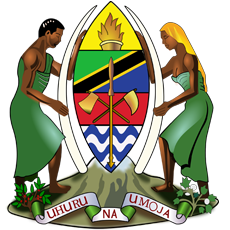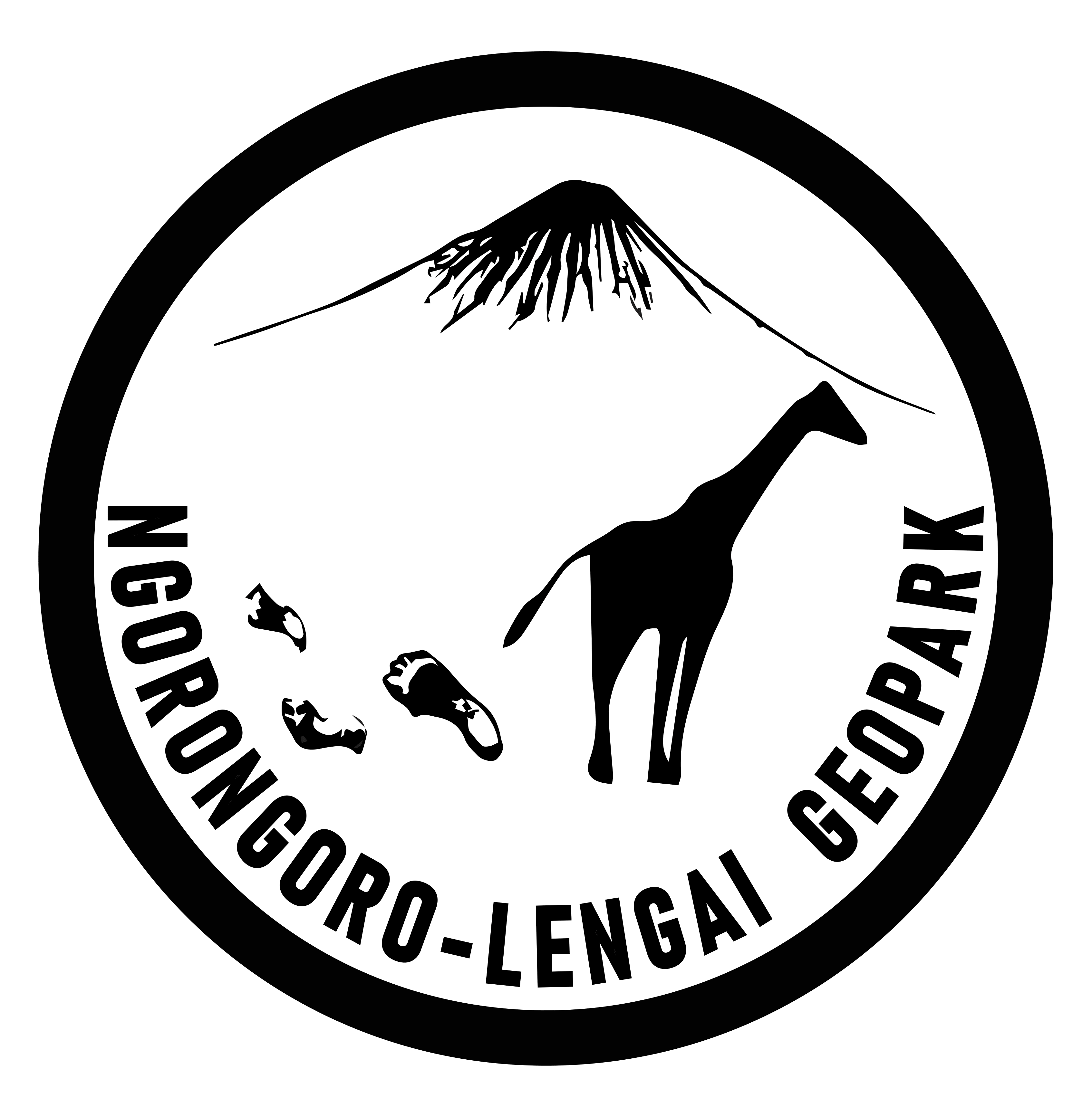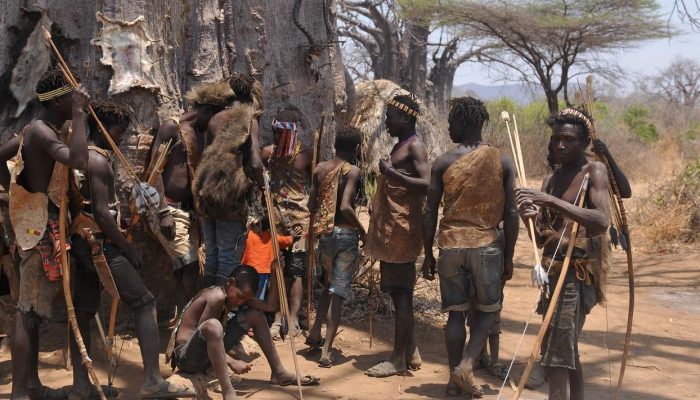Follow us
- Home
- About UsThe Organization
- NCA & NCAA
- Conservation
- TourismAttractions and Activities
- Cultural Heritage
- Geopark
- Community

The United Republic of Tanzania
NGORONGORO CONSERVATION AREA AUTHORITY

Follow us
- Home
- About UsThe Organization
- NCA & NCAA
- Conservation
- TourismAttractions and Activities
- Cultural Heritage
- Geopark
- Community
- Home
- About UsThe Organization
- NCA & NCAA
- Conservation
- TourismAttractions and Activities
- Cultural Heritage
- Geopark
- Community
Olduvai Gorge
Overview
The Olduvai Gorge, which is a remarkable archaeological site in East Africa and perhaps in the world. It was officially recognized as a part of the UNESCO World Heritage Site in 1979. Exposed within the sides of the gorge is a remarkably rich chronicle of human ancestry and the evolution of the Serengeti ecosystem.
55km (34m)
Length
100m
Deep
1930s Year
Since Excavation
It was here that Mary and Louis Leakey, over the course of more than 30 years of backbreaking work, unearthed the first well-dated fossils and artefacts of some of our earliest human ancestors.
Their discoveries include the famous Zinjanthropus (Australopithecus boisei) skull, as well as remains of Homo habilis, the presumed maker of the numerous early stone tools found in deposits ranging in age from 1.6 to 1.8 million years ago, and Homo erectus, the larger- bodied and larger- brained hominin that preceded the earliest modern humans (Homo sapiens).
The gorge may be visited year-round. It is necessary to have an official guide to visit the actual excavations.
Map
- Rock structures and sediments
- Archeological Tours
Photo Gallery
Got a Question?
F.A.Q's
Enroute to Olduvai Gorge you will see a spectacular landscapes, people, wildlife and at Olduvai Gorge you will see the Olduvai Museum with abundance of art facts, relics. Also the gorge where the discovery begin until today.
There are other attractions nearby Olduvai Gorge such as Shifting Sand, Nasera Rock and Olkarien gorge.
EXPERIENCE | EXPLORE | LEARN
OTHER ATTRACTIONS
The Ngorongoro Crater is the world's largest intact and unfilled volcanic caldera and the Ngorongoro Conservation Area's main tourists’ attraction.
The Olduvai Gorge is a remarkable archaeological site in East Africa and It is the one of the most important prehistoric sites in the world with crucial evidence of human evolution.
The Empakai crater is one of the multi-volcanic calderas in the Ngorongoro Conservation Area, with a beautiful lake that makes up more than 75% of its crater floor.
The Nasera rock is situated about 20 kilometers North of Olduvai Gorge. An admirable rock standing 100 metres above the plains.
The Olduvai Gorge Museum is an onsite museum built next to the most famous archaeological site in East Africa. It is situated six kilometers from the main road junction where the Zinjanthropus monument stands on the way to Serengeti National Park.
The Endoro Waterfalls is a source of a natural spring that forms the Endoro River, which flows from the rim of the Ngorongoro Crater.
The Olkarien Gorge is a massive granite monolith on the outskirts of the Gol Mountains in northern Tanzania.It is a nesting site for hundreds of the Ruppell's griffon vulture.
Olmoti Crater is situated at the Northern end of the Ngorongoro Crater, and offers scenic view of highlands. It is a water a catchment for Ngorongoro rich in flora and fauna.
Laetoli is one of Africa's most important paleontological site with evidence of early human bipedalism dating back 3.76 mya.
Is a moving black dune, composed of volcanic ash from the nearby volcanic mountain - oldoinyo lengai. It is moving slowly westwards across the Ngorongoro plains at a rate of about 15 to 20m per year.
Mount Lolmalasin is the crater mountain in the Ngorongoro Conservation Area and the third highest mountain in Tanzania standing at 3700m above sea level.
The Gol Mountains are located at the north-end of the Ngorongoro Conservation Area and is an example of a fault-bounded mountain range.
The Ndutu plains is located in the Ngorongoro Conservation Area, on the outskirts of the Southern Serengeti plains. It is where the great migration wildebeest migration take place in Ngorongoro.
Quick Links
GIVE US YOUR FEEDBACK
what is your experience at NCAA
FAST RESPONSE
chat with our representative
TARIFFS
entry fee, motor vehicle, crater fee etc
GIVE US YOUR FEEDBACK
what is your experience at NCAA
FAST RESPONSE
chat with our representative




- COVID 19 POLICY & GUIDELINE





